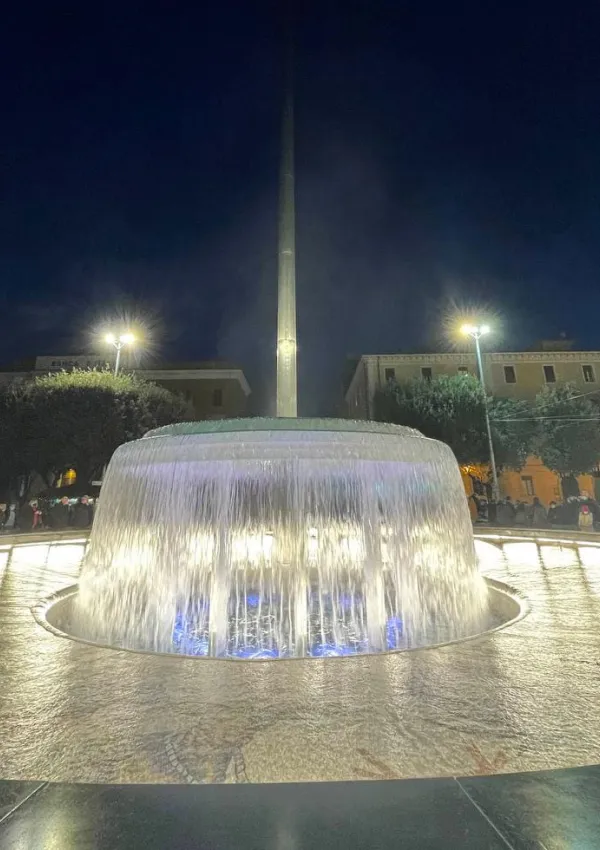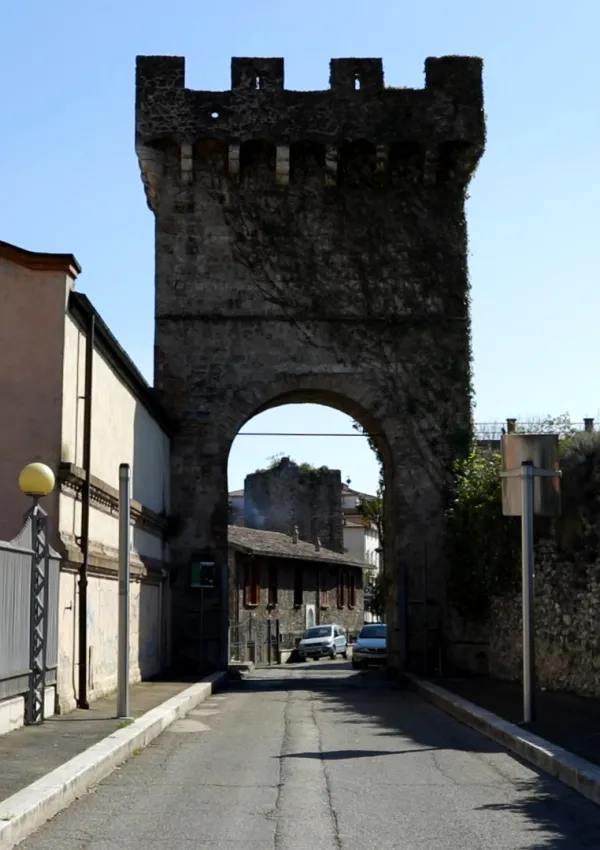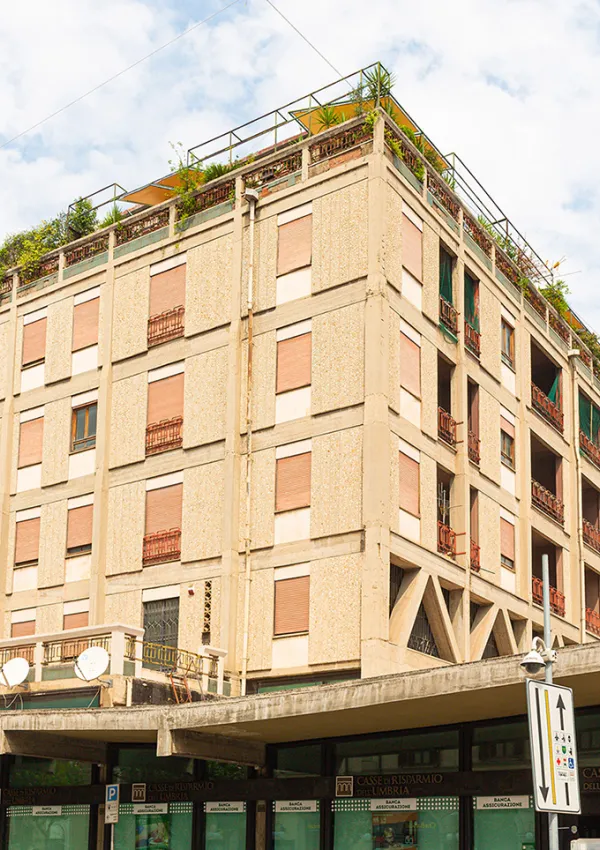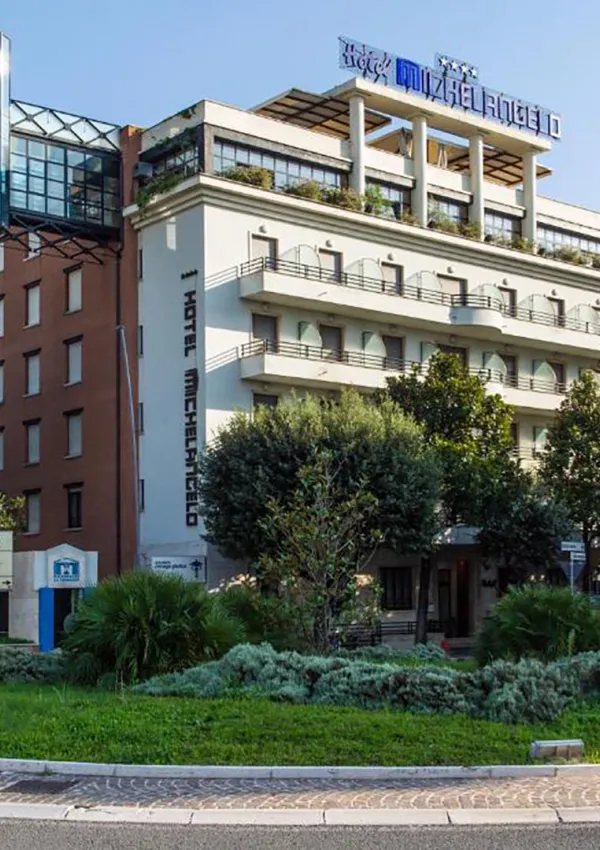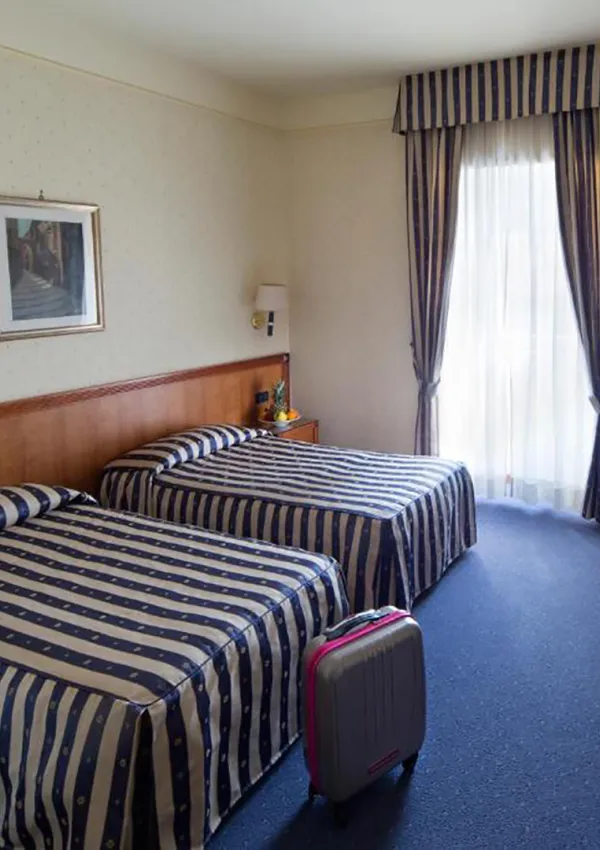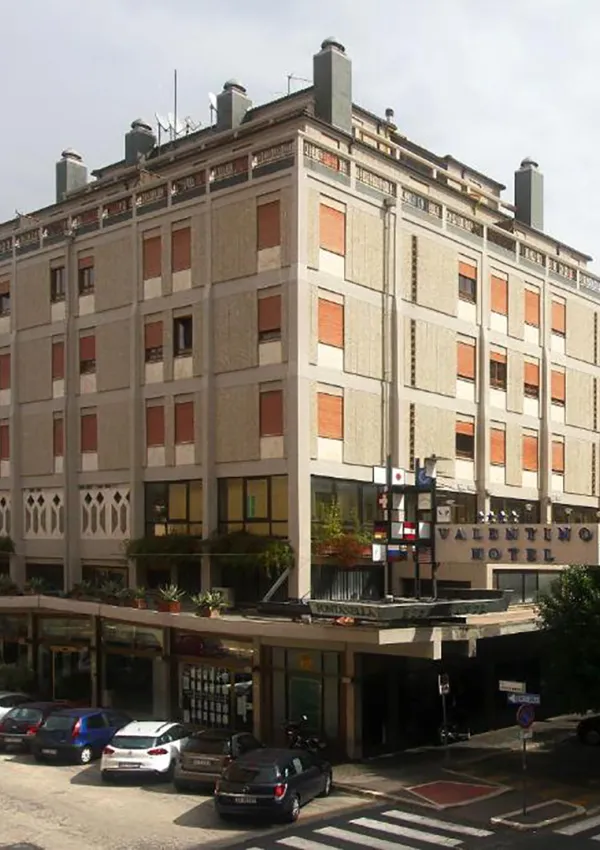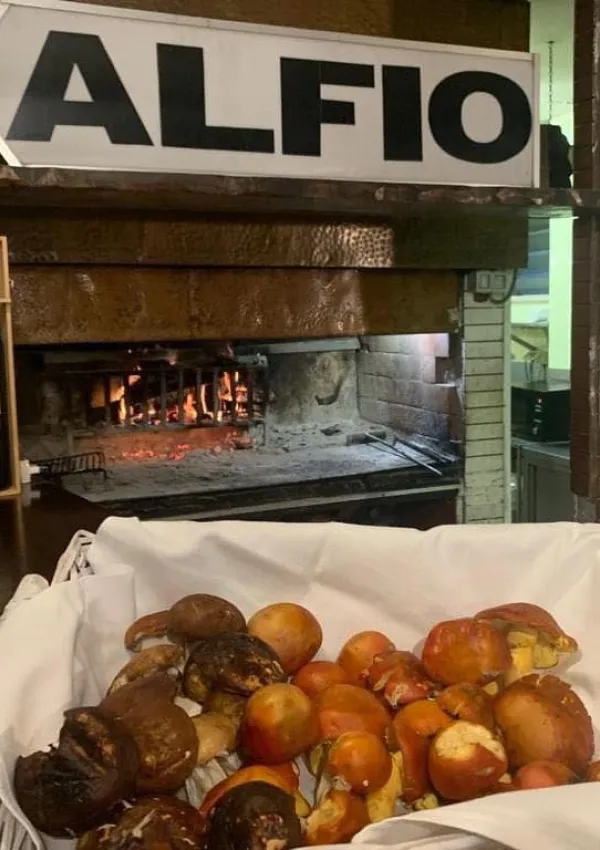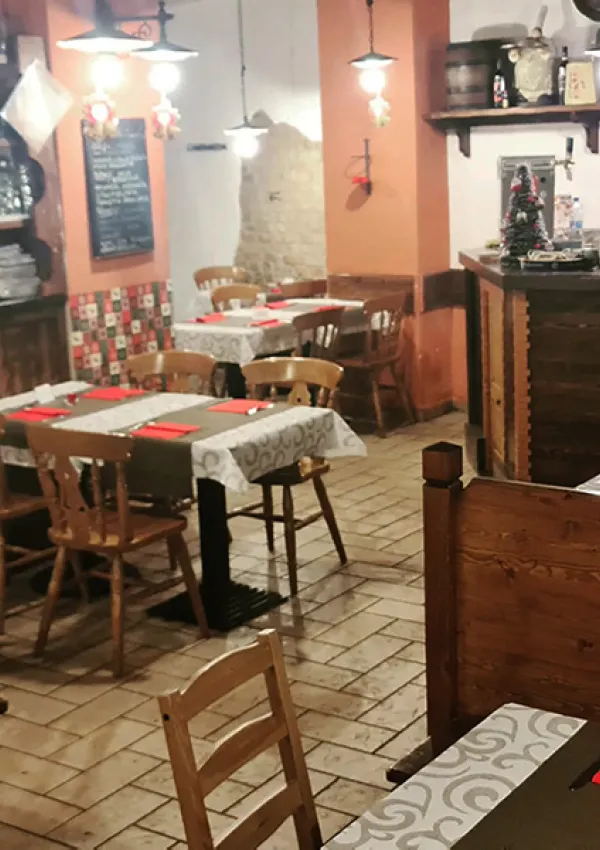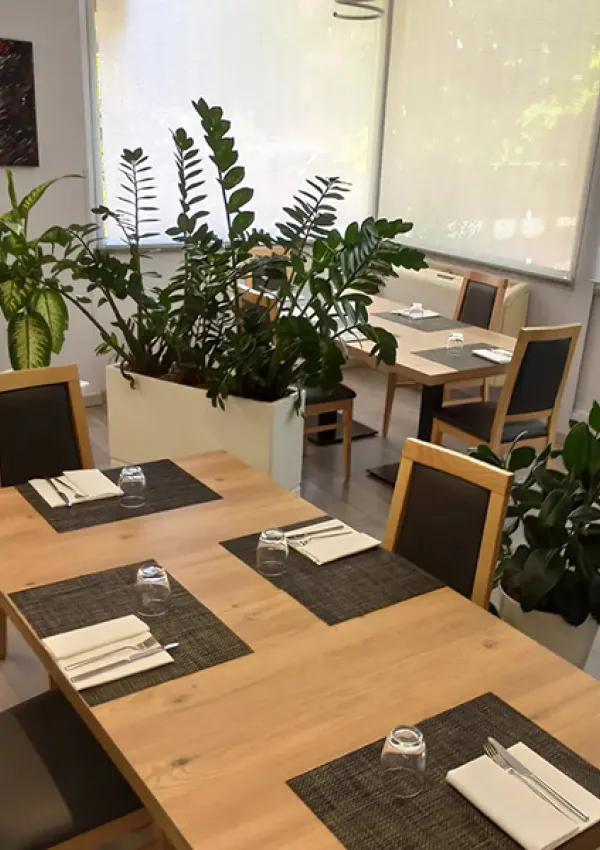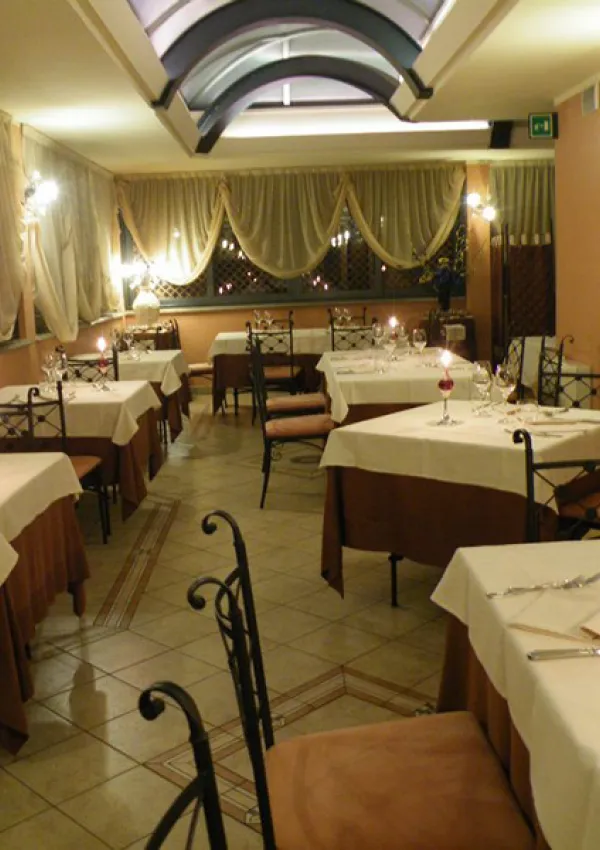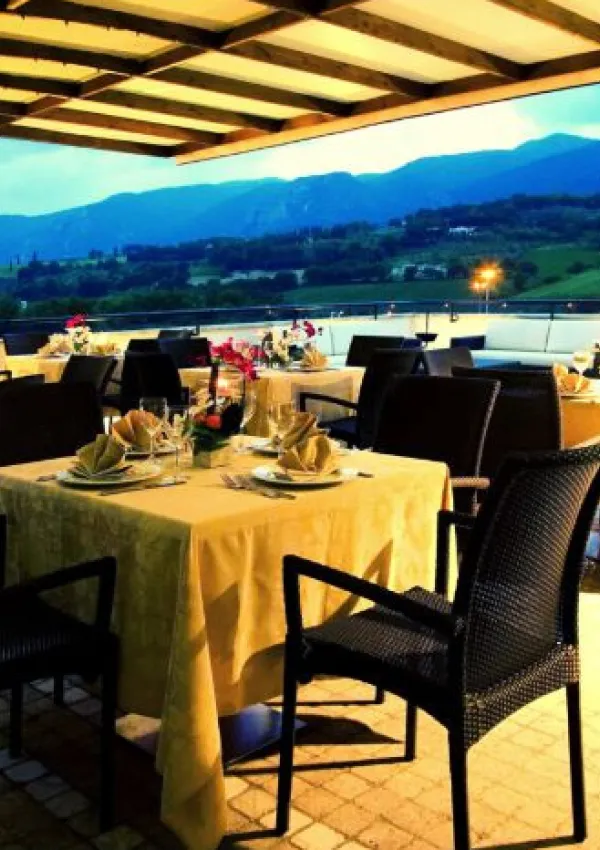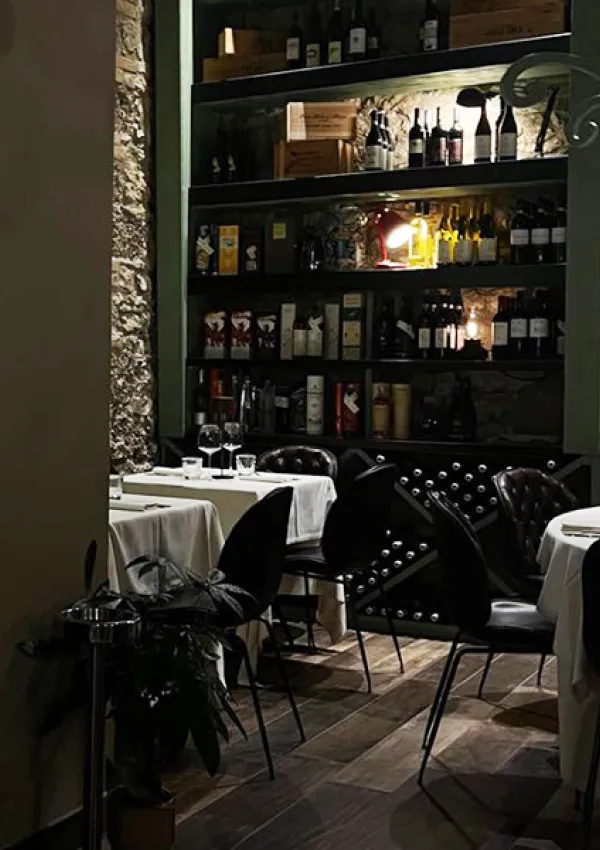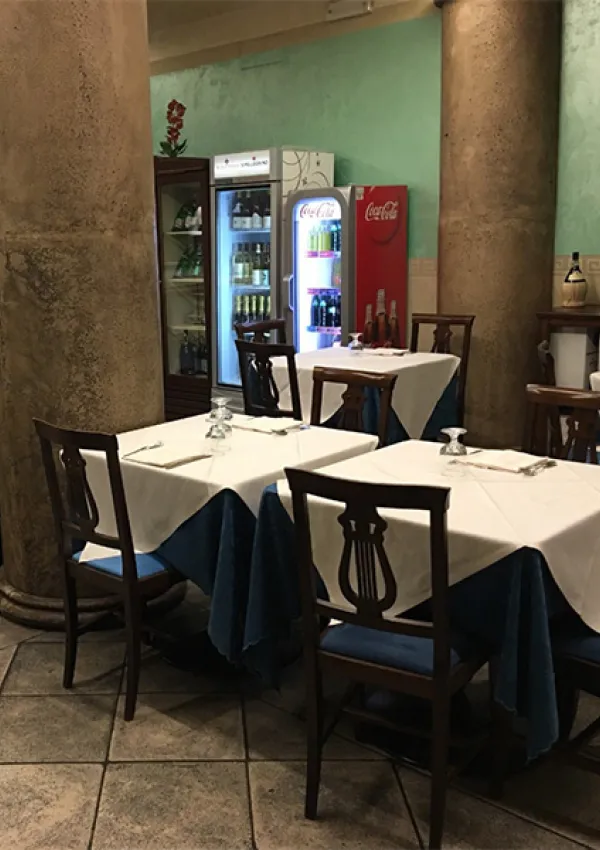The 12.000-ton Press
For 'Società delle Fucine', a subsidiary of the "Terni" company, the 12.000-ton press was worth only its weight as scrap iron, that is, one billion one hundred million lira. But for Terni, the 12.000-ton press was worth much more; it was and is a piece of the city's history, a symbol of work, of technology, of the commitment of an entire city to its factory.
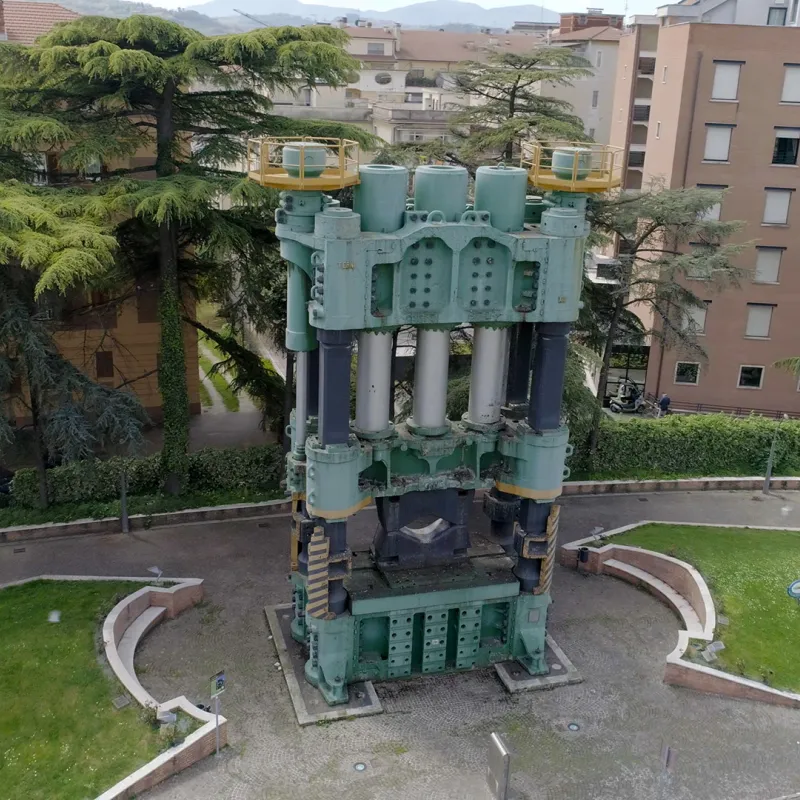
The press started operating in 1935 and was "retired" in 1993, after almost sixty years of honourable service. A monumental machine in itself, it was built by the Davy Brothers Ltd. and by the "Terni" company. It is 16,89 meters high with a rectangular base with sides measuring 9,53 meters by 4,12 meters, with a total weight of 1.751 tons.
The managing director of Società delle Fucine, Walter Lessini, was sensitive about saving a monument to Terni’s labour and accepted an offer from the Municipality to purchase it (corresponding to the value of the press according to Finsider). The Municipality of Terni, together with contributions from other bodies and private associations secured ownership of the press, which was therefore not reduced to scrap and melted down in the steelworks’ furnaces.
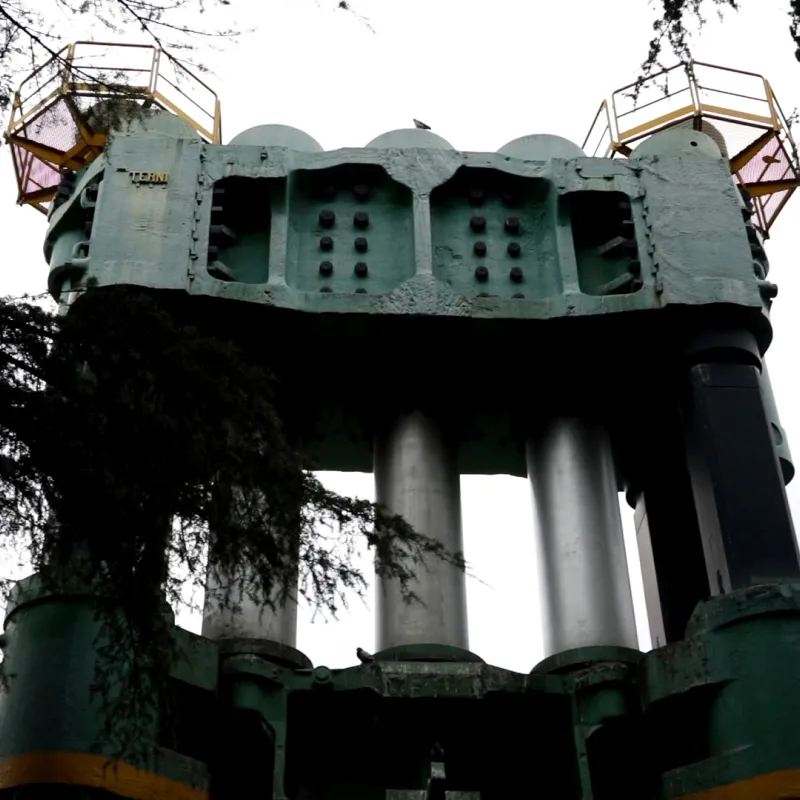
A special commission, which also included expert industrial archaeologists chose the large square opposite the railway station as its location: a business card for those arriving in the city. The press was restored according to necessary requirements and completely repainted. Originally grey, the colouring turned green in the 1960s. Later, yellow side bands were added.
The work to position it, which was rather complicated, was carried out with the help of technicians and specialist companies. The press-monument was inaugurated in 1999.
That mighty machine was needed by "Terni" to replace the “great hammer” that once had been the symbol of the city's work, one of the largest machines of its kind in the world. The 12.000-ton (its power) press, which also replaced it in its symbolic aspect, allowed the forging of ingots weighing 200 and 400 tons.
